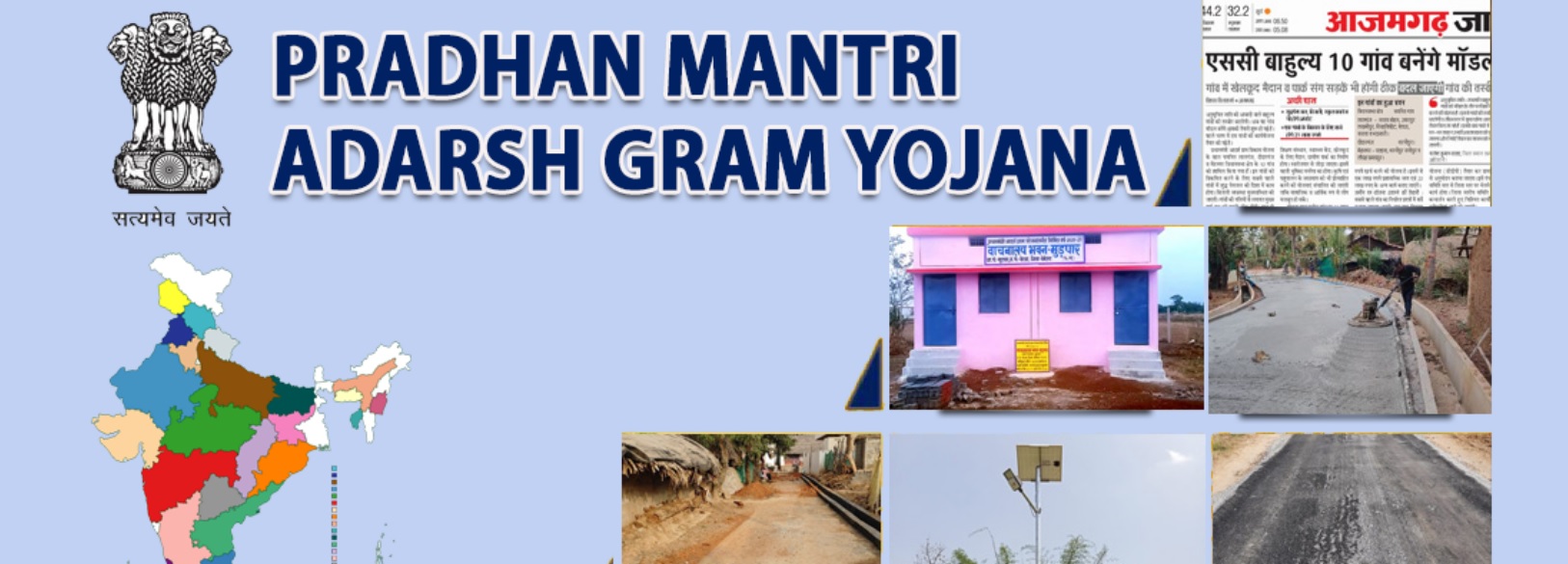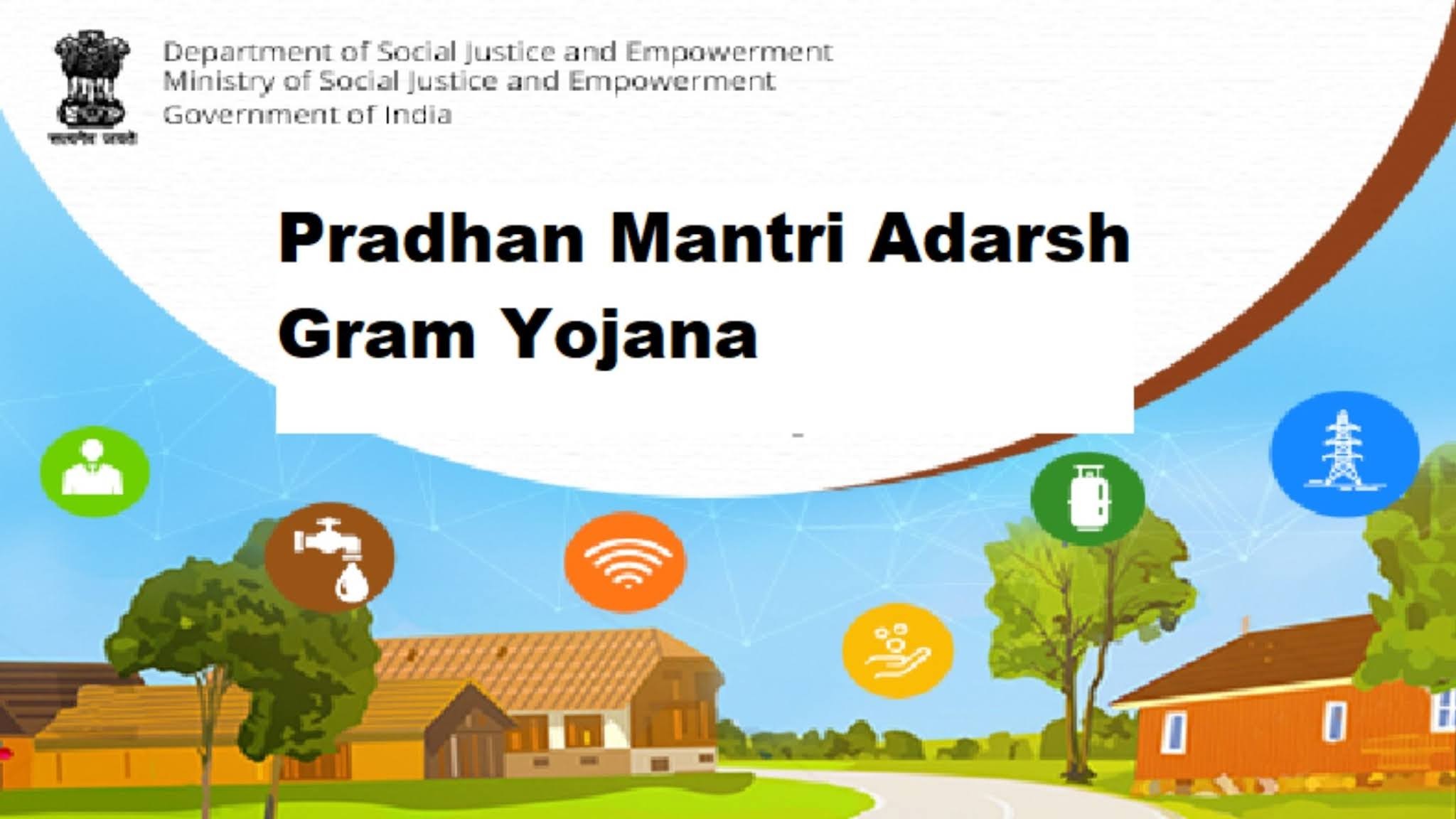pmagy.gov.in Pradhan Mantri Adarsh Gram Yojana : Department of Social Justice & Empowerment
Organisation : Department of Social Justice & Empowerment
Scheme Name : Pradhan Mantri Adarsh Gram Yojana (PMAGY)
Applicable For : Scheduled Castes Majority Villages
Website : https://pmagy.gov.in/
| Want to ask a question / comment on this post? Go to bottom of this page. |
|---|
What is PMAGY?
Scheduled Castes (SCs), who constitute 16.6% of our population as per 2011 Census, have historically suffered social and educational disabilities and economic deprivation arising therefrom. Accordingly, special provisions have been enshrined in the Constitution for advancement of their interests.

These provisions range from measures to remove any kind of social disabilities imposed on them to ensure equality of opportunity in every sphere, to measures of positive discrimination to bring them on par with rest of the population.
The Government has hence taken a number of initiatives for development of SCs, which have yielded positive outcomes, and have also resulted in narrowing the gap between the Scheduled Castes and the rest of the population. However, the focus of most welfare Schemes of SCs has been mainly cantered on individual beneficiaries rather than on the integrated development of SC pockets.
To enable an area based development approach, a new scheme called the Pradhan Mantri Adarsh Gram Yojana (PMAGY) was launched on a Pilot basis during 2009-10, following the Finance Minister’s declaration in his Budget Speech delivered on 6.7.2009.
The Scheme aims at integrated development of villages in which the population of Scheduled Castes is above 50%. A total of 1000 villages from Tamil Nadu (225), Rajasthan (225), Bihar (225), Himachal Pradesh (225) and Assam (100) were selected for the Pilot phase. Under this phase total Rs. 201 crore was released to the States. All the 1000 villages has been declared as Adarsh Gram.
Objectives of PMAGY Scheme
The objective of PMAGY Scheme is to ensure integrated development of the selected villages with more than 50% SC population so that, inter alia, there is:
(a) Adequate Infrastructure: All requisite infrastructure necessary for the socio-economic development needs are to be provided under the Scheme.
(b) Improvement in Socio-Economic Indicators The identified socio-economic indicators, known as Monitorable Indicators, are to be improved so that the disparity between SC and non-SC population is eliminated and the level of indicators is raised to at least that of the National average. More specifically, all BPL SC families should have food and livelihood security, all SC children should complete education at least up to the secondary level, all factors leading to maternal and infant mortality are addressed and incidence of malnutrition, especially amongst children and women, is eliminated.
The particulars of the 50 Monitorable Indicators under 10 domains are listed in the next para. These 10 domains are:
i) Drinking water and Sanitation
ii) Education
iii) Health and Nutrition
iv) Social Security
v) Rural Roads and Housing
vi) Electricity and Clean Fuel
vii) Agricultural Practices etc.
viii) Financial Inclusion
ix) Digitization
x) Livelihood and Skill Development
Expansion of PMAGY Scheme
In light of the benefits accruing to the residents of the villages through successful implementation of the PMAGY Scheme, it has been decided in 2018-19 to take up more villages as Phase-II of the Scheme. All those districts are considered which have villages having total population =500 and with more than 50% persons belonging to the Scheduled Castes.
The villages in descending order of SC population are proposed to be selected from each such district for implementation of the Scheme in this new Phase. The Government of India is planning to cover all the eligible 26968 villages by the end of 2014-25.
Guidelines of PMAGY Scheme
To ensure all round development of the selected villages, so that they can indeed become ‘Adarsh Grams’, the said Scheme was also revised to capture the Gaps in critical socio-economic ‘Monitorable Indicators’ as part of various sectors/domains. These domains include water and sanitation, education, health and nutrition, agricultural best practices etc. amongst others.
New Approach For Implementation
The identification of needs or Gaps with regard to the ‘Monitorable Indicators’ are based on a Need Assessment exercise. The ‘Village Development Plan’ (VDP) is based on the data collected as part of the Need Assessment exercise. The Scheme relies heavily on convergence with other initiatives of the Central and State Governments for ensuring that the minimum infrastructure and critical services are made available to all the persons in the village, especially those belonging to the Scheduled Castes.
PMAGY provids the platform for convergent implementation of other Schemes with the aim to achieve saturation in the various domains. Whereas it is expected that the major portion of the funds requirement for implementation would be met from other Central or State Government Schemes, the ‘Gap-filling’ funds will be provided under the Scheme, for those areas which cannot be covered otherwise.

Funding Under PMAGY Scheme
For every new village selected, the Scheme provides for a total of Rs. 21 lakh of which Rs.20.00 lakh is for the ‘Gap-filling’ component and Rs.1.00 lakh is meant for ‘administrative expenses’ in the ratio of 1:1:1:2 at the Centre, State, District and Village level respectively.
Details of ‘funding’ and ‘flow of fund’ are explained at para-9 and 10 of the Scheme Guidelines. The State Government/UT Administration would initially, the State Government/UT Administration will release the entire admissible funds under ‘Administrative Expenses’ to the District Administrations for carrying out capacity building, administrative expenses, awareness generation and initiating non cost based activities.
Thereafter the entire admissible funds under the ‘Gap-filling’ component i.e. Rs.20.00 lakh per village will be released by the State Government to the District Administration once the VDP of the selected villages is approved by their DLCC so that the planned works can be executed without any delay.
Project Monitoring
The Scheme provides for setting up of various levels of Committees for guidance, monitoring and implementation. These Committees, especially the Convergence Committees at the Village, District and State levels, are crucial to the implementation as they would assess the requirements as well as plan and execute the works/services that are needed to be undertaken under various Schemes for the wholesome development of the villages.
Government of India has developed a well-defined structure for Planning, Implementation and Monitoring of the Scheme execution. A website with the facility of collection of Household level data, assessment of village needs, prioritising the works, preparing the Village Development Plan and periodic monitoring of the Scheme has been made operational.